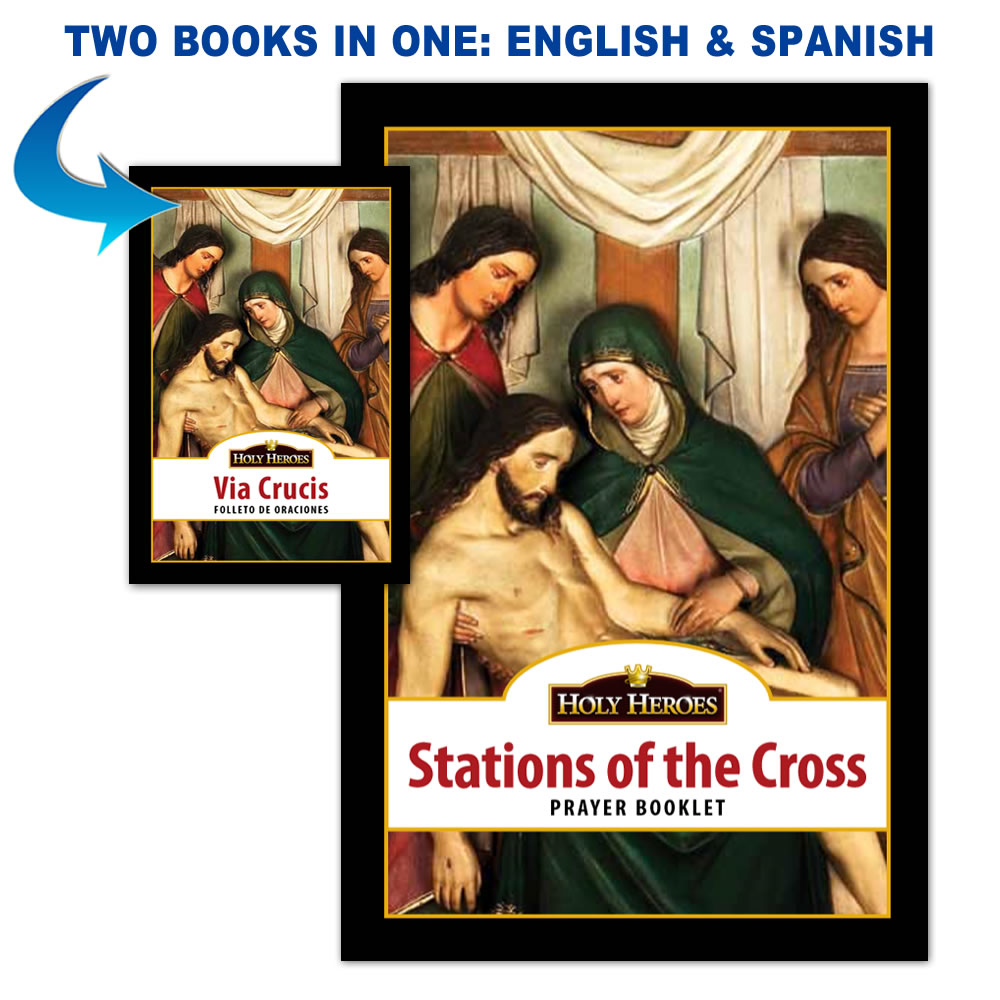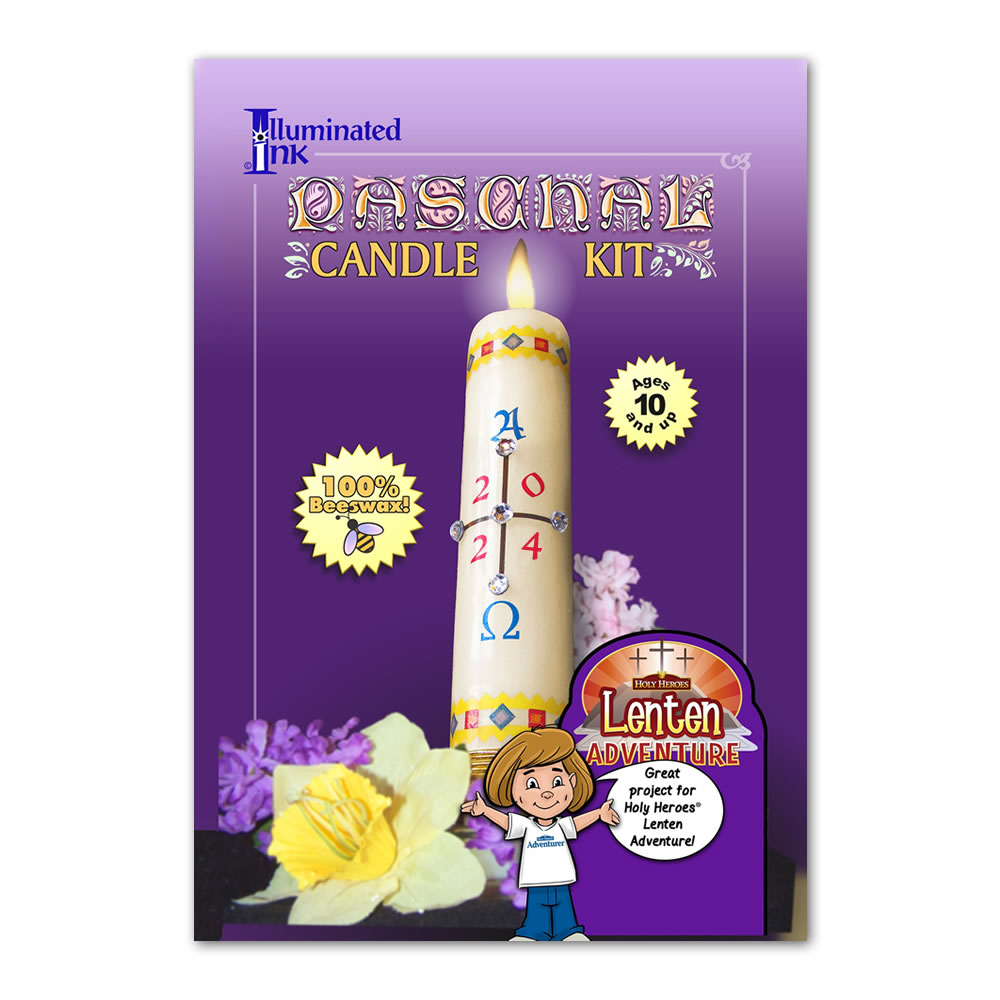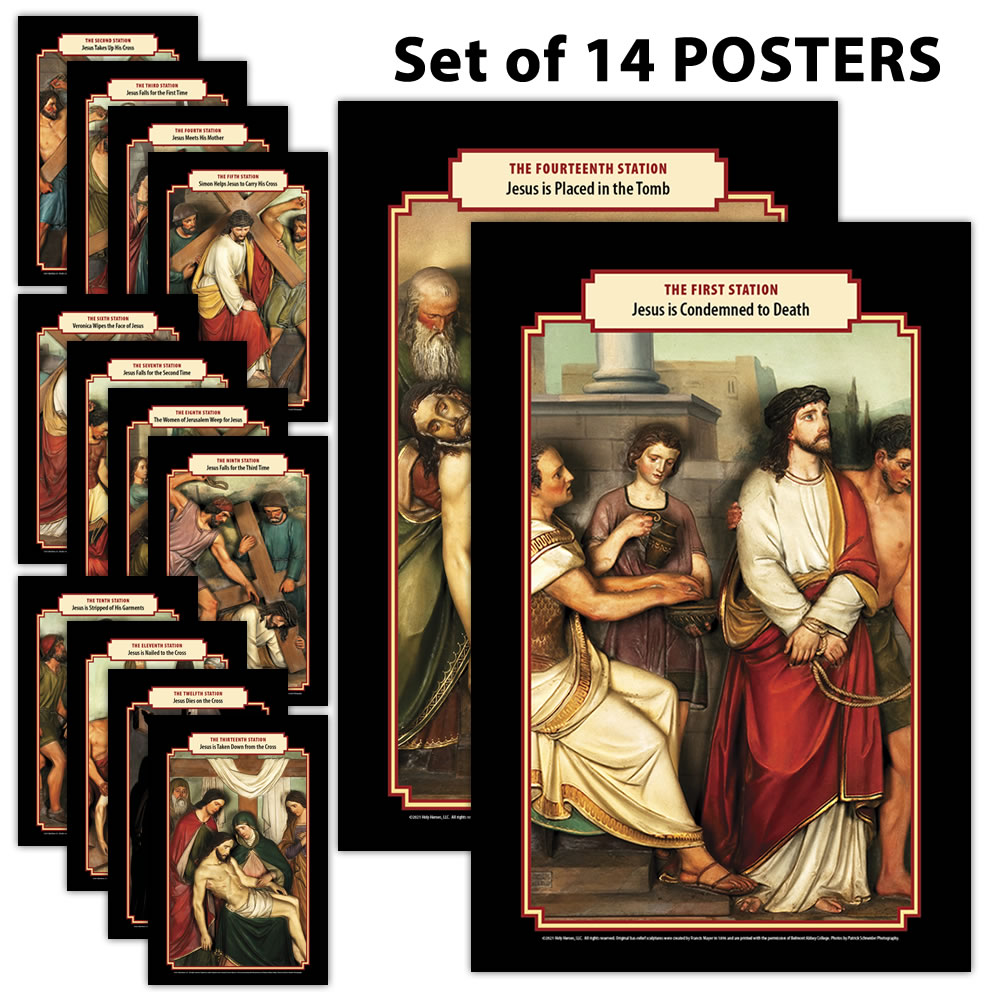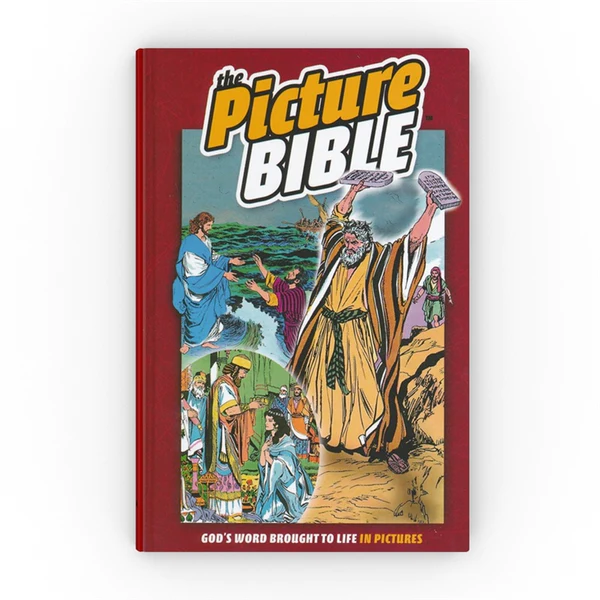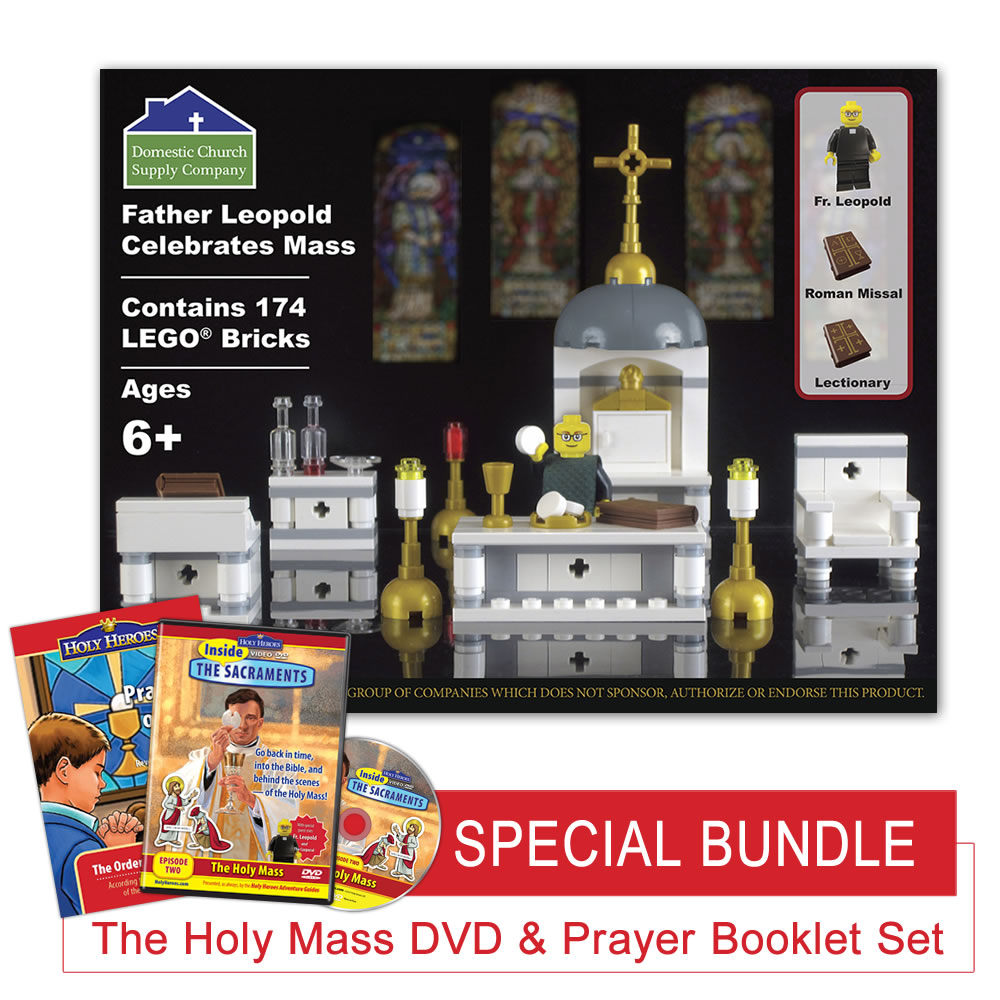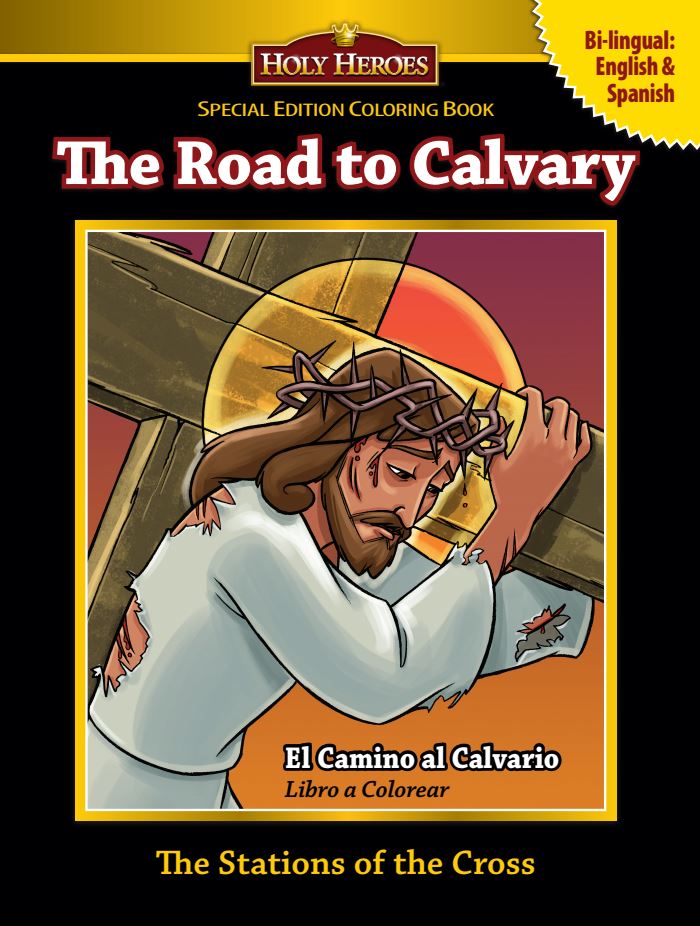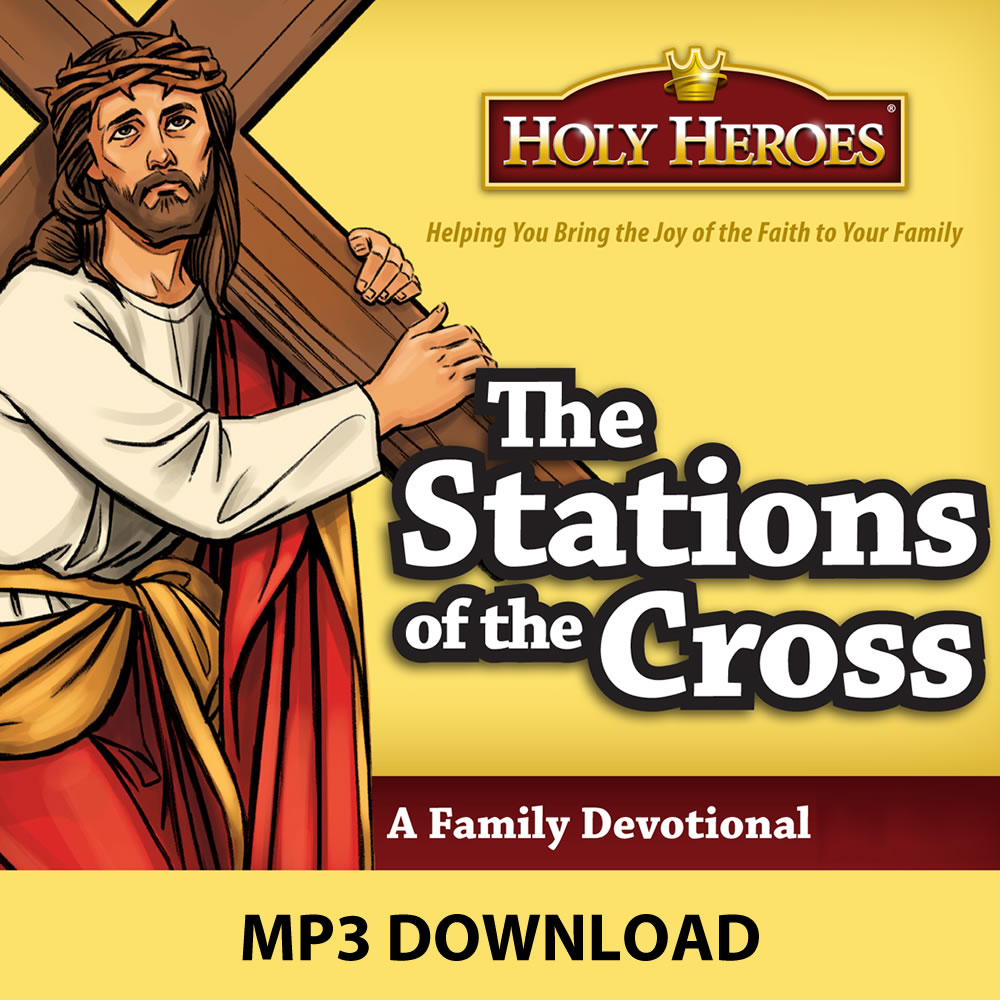After the popularity of our interview with the creator of the Very Young Catholic Project, we received several follow-up questions about how this series can be incorporated into a classroom or homeschool curriculum!
Emily was gracious enough to pass along several ideas for teachers and homeschool mothers alike! Check out her entire suggestions below:
I have tons of ideas for how the Very Young Catholic Project can be used in the classroom!
Every book opens with a map of the world from space, with the location of the book family marked with a gold star. You can begin each book by getting out a globe and looking at it from all angles to find the gold star! If you have a world map, you can mark the location of each book as you read through the series.
For learning time zones, kids could be challenged to place every book in its correct time zone, which would be illuminating because I specifically use scientific time zones to create this series. Time zones could be an entire lesson – why won’t India, Pakistan, and Nepal share the time on their clocks?
A few other lessons might include:
- Whether the seventh continent should be called Australia or Oceania (learn about this in the Fiji book)
- the International Date Line (learn about this in both the U.S.A. and Fiji books)
- the Equator (learn about this from a little girl in Kenya who lives on the Equator)
- climates around the world (comparing the differences between India to Canada to Iceland)
- tectonic plates (learn about this in the Iceland book)
In each book, you will find an appendix that includes a map and several other unique things about that region of the world. Did you know that Ecuador has more hummingbirds than anywhere else? Did you know they are still discovering completely unknown dinosaurs in India? Did you know that children in Taiwan write in characters? These and many more are starting points for a great discussion!
There are many activities that can be incorporated into the classroom while reading these books, including:
- Learn a hymn in a different language (YouTube is great for this!),
- Play kabbadi,
- Make a blackberry apple pie,
- Create an illuminated Bible verse,
- Begin the Star Singer tradition for Epiphany,
- and so many more!
I could go on and on, but suffice it to say that there are topics for conversation about geography and social studies in every book, and even more so when two or more books are contrasted. The complete set is a great addition to a classroom or homeschool curriculum!
For families that can’t buy the whole series at once, you could consider getting what I call “the continent set.” If you get the following books, you can have plenty of wonderful conversations comparing countries from around the world:
- Canada for North America
- Ecuador for South America
- Kenya for Africa
- Austria for Europe
- Taiwan for Asia
- Fiji for Oceania
- and hopefully, the final continent will be covered soon!
Charlotte Mason homeschoolers–here is a special tip for you from my friend Marlon Davis (who you will meet in the Very Young Catholics in Canada book)! She told me:
Everyone does Charlotte Mason a little bit differently. But there are a couple ways a family could use them for CM or for any other geography component in my mind.
1) In Charlotte Mason, most families between grades 1-3 are looking to do a travelogue each term and want to introduce their children to little people of many lands as best they can. These are a perfect way to do that! This might include:
- Having the books available as a once-a-week leisure read!
- Read it aloud as part of a 10-week term (which we have 3 times a year). We would read 7 pages approx from a book depending on its size each week and the child would narrate back to me what they saw and heard in the book and perhaps draw a picture to accompany their reading.
2) You can use these books in map drill time or map work time! You could be to learn where each country is located on the map and the various features that can be found in each country. The first few weeks might just be looking at a map in your book, then building toward drawing it by tracing, and finally drawing it from memory. Ideally the last week they could do a large part of this from memory entering the main cities and features and saying or writing a little bit about it at the end.
3) These are great living books for geography! Working through each book with the above activities and building in connections to the greater globe by looking at trade routes, how we locate any place on a map, including the place you are looking at and perhaps keeping a large world poster map to keep track as you read through the series is perfect for geography lessons.
Finally, these books are a wonderful way for kids to learn about Catholics all around the world! We introduced a Rorate mass at Advent at our parish last year and that was partly inspired by what I read about in your Austria book!
If you haven’t already, make sure you check out the entire Very Young Catholic series HERE! For a limited time, we are offering the first 11 books in the series at a discount complete set price!
If you are looking for more Catholic children’s books, check out the blog posts below:
Build your Catholic Children’s Library [book list]
King of the Golden City Discussion Guide
What People are saying about our NEW Sacred Art Book
Clare’s Costly Cookie–> the sequel is HERE
HolyHeroes
Latest posts by HolyHeroes (see all)
- 27 Days of Glory Stories [Summer Calendar] - May 15, 2024
- Celebrate the first canonized Knights of Columbus [FREE coloring page & podcast] - May 14, 2024
- How to make a Fatima Family Action Plan [3 EASY steps] - May 13, 2024

